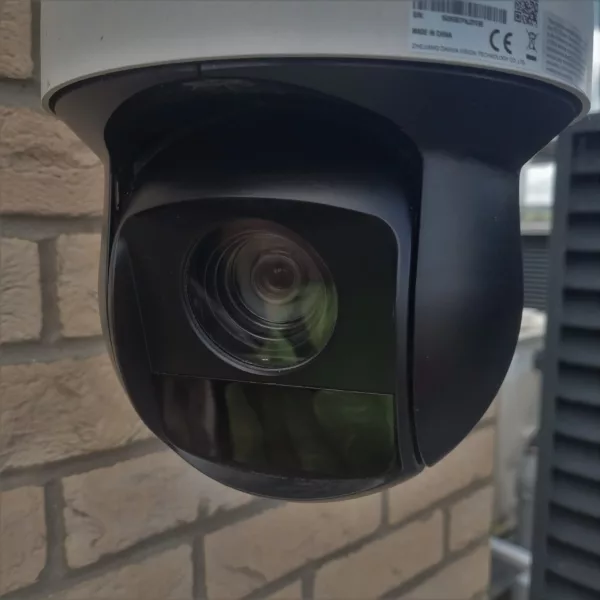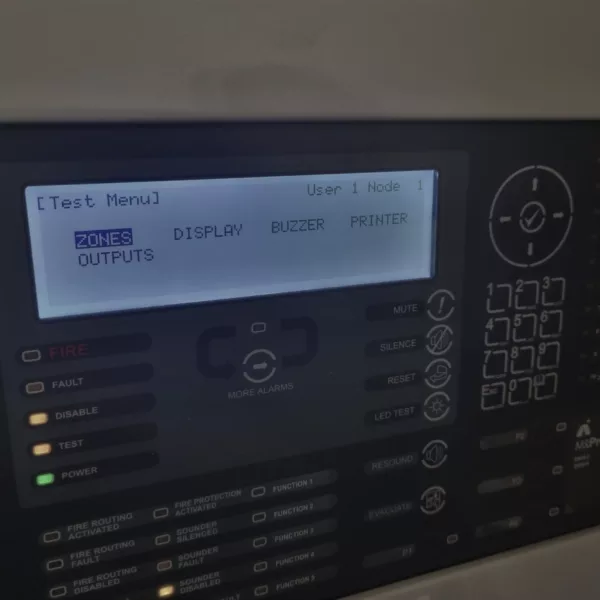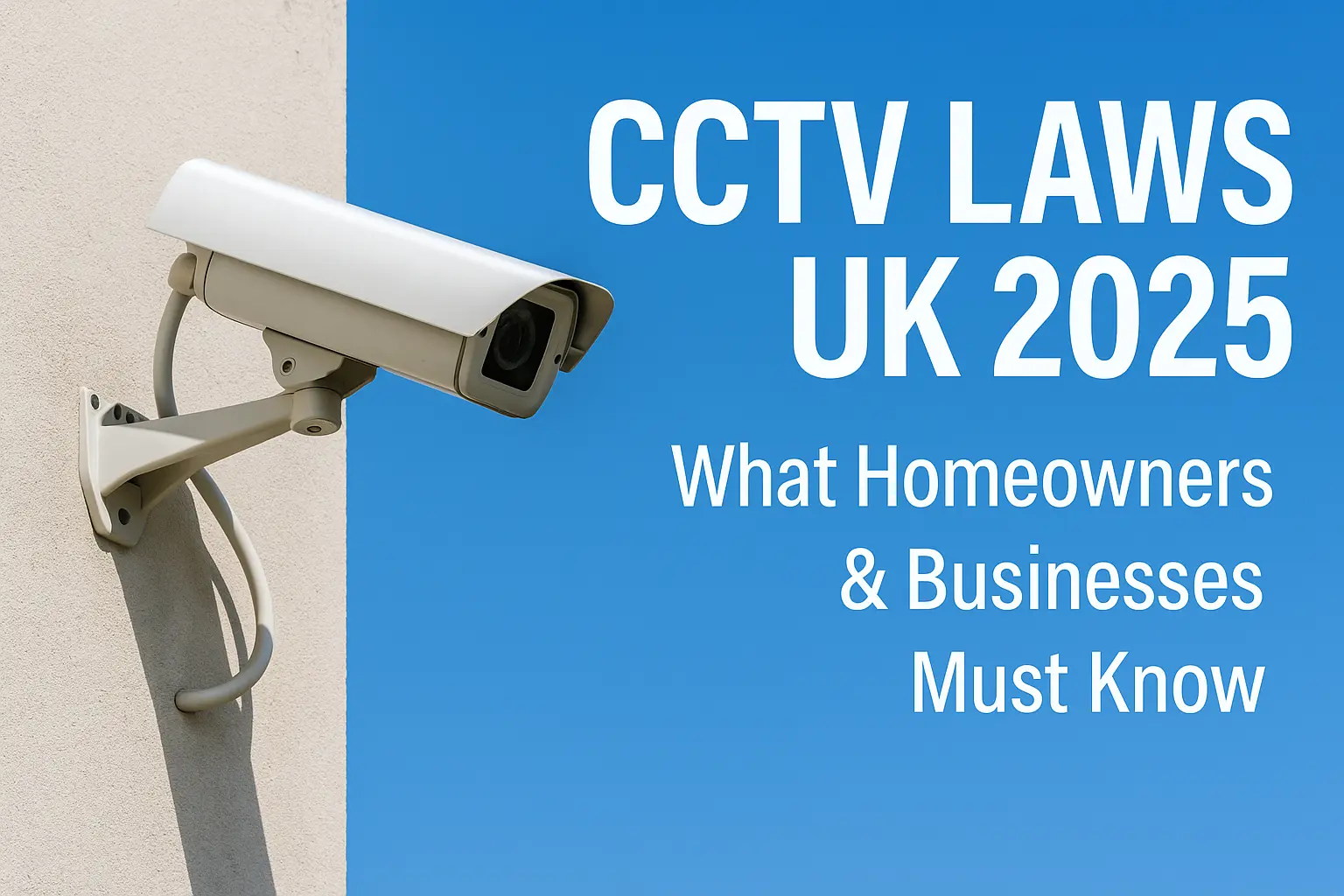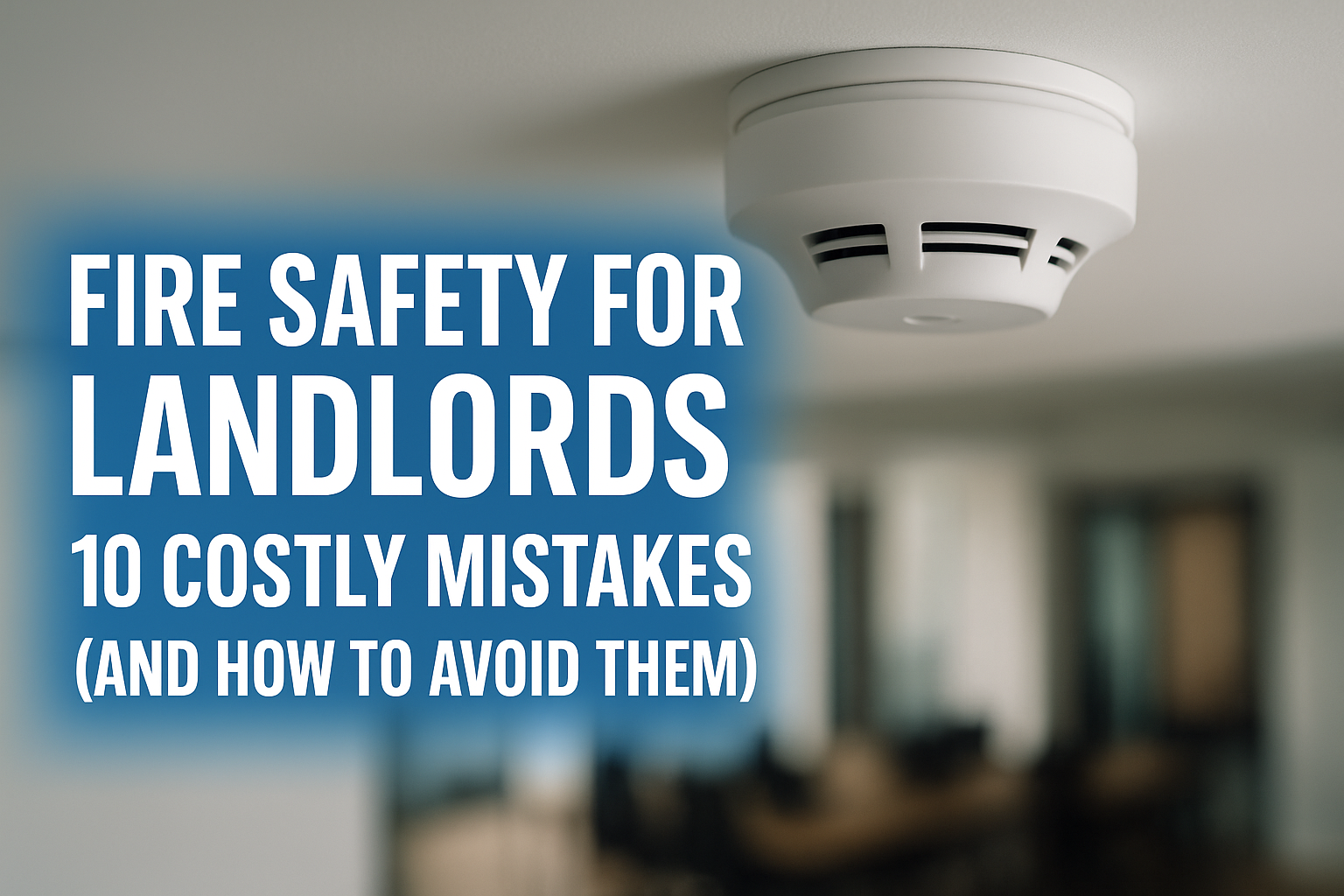
Is the Fire Safety order important?
If you are the owner, manager, or operator of a business, ensuring compliance with fire safety regulations is crucial. The primary legislation governing fire safety is the Regulatory Reform (Fire Safety) Order 2005, commonly referred to as “the Fire Safety Order.” This law is applicable throughout England and Wales and has been in force since October 1, 2006.
Who does the Fire Safety order apply to?
The Fire Safety Order applies to anyone who has control over the premises, which includes the owner, manager, or operator of a business, as well as landlords and other individuals who have responsibility for the premises. The order applies to all non-domestic premises and common areas of multi-occupancy residential buildings in England and Wales. It is the responsibility of the responsible person to ensure that fire safety regulations are followed in the building, and failure to comply with the order can result in legal penalties.
- Offices and shops
- Premises that provide care, including hospitals and care homes
- Community halls, places of worship, and other public buildings
- Pubs, clubs, and restaurants
- Schools and other educational premises
- Tents and marquees
- Factories and warehouses
- Hotels and hostels
- The common areas of houses in multiple occupation (HMOs), such as shared kitchens and corridors
- Buildings that are used for public entertainment and sports events, such as cinemas and stadiums.
It’s important to note that this list is not exhaustive, and if you’re unsure whether the Fire Safety Order applies to your premises, you can contact us to find out more information. The Regulatory Reform (Fire Safety) Order 2005 – A short guide to making your premises safe from fire gives an overview.
Are there any Exemptions of the Fire Safety Order
The current Fire Order exemptions are:
- Domestic premises
- Offshore installations
- A ship (normal ship-board activities)
- Fields, woods, agricultural land and forestry
- Aircraft, locomotive, rolling stock, trailer or semi-trailer
- Mines
- Borehole Sites
What are your responsibilities?
The individual responsible for fire safety must ensure that provisions are made for the safety of everyone, particularly those with special needs, young individuals, and those who are not familiar with the building. In order to do so, they must:
- Conduct a thorough fire risk assessment that considers the premises as well as anyone who could be impacted by a fire
- Appoint one or more competent individuals to assist with fire safety
- Take measures to reduce the likelihood of a fire occurring and limit its spread in the event of one
- Develop a general fire precaution policy and an emergency plan
- Implement specific measures for handling dangerous or flammable substances
- Establish a means of contacting the emergency services and provide them with relevant information
- Consult with employees or their representatives on fire safety matters
- Ensure employees receive appropriate training on fire safety
- Inform non-employees and their employers (such as temporary or contract workers) of the implemented fire safety measures and any risks they may face
- Take additional measures to protect young individuals and inform their parents or guardians of any associated risks and the measures taken
- Maintain fire safety measures, such as fire alarms, emergency lighting, and fire-fighting equipment
- Record significant assessment findings and prepare a prioritized action plan to address them and follow through as necessary
- Monitor the effectiveness of fire safety arrangements
- Review the assessment periodically, especially after structural or managerial changes, work practice changes, or the introduction of new processes or machinery.
Enforcement
The Order requires self-compliance, similar to Health and Safety legislation. Enforcement of the Order is generally the responsibility of the local Fire and Rescue Authority, although in some premises, other organizations may be responsible for enforcement such as:-
- The Health and Safety Executive
- The relevant Local Authority
Dependant on the risk, enforcement action may take the form of:-
- Verbal advice
- Advice in writing
- A schedule of works
- An agreed action plan
- The serving of an Enforcement Notice
- The serving of an Alterations Notice
- The serving of a Prohibition Notice
- Simple caution
- Prosecution
If a notice is served, the person may appeal to a Magistrates Court within 21 days of receiving the notice. In case of a disagreement between the responsible person and the Fire and Rescue Authority regarding the measures to remedy non-compliance, and if both parties agree, the matter may be referred to the Secretary of State for a determination.
Where will I find guidance about the required standards for my building?
The appropriate guidance for your specific building will vary. The government’s website is a good starting point as it offers guidance for most situations.
For specialized housing, such as sheltered housing, extra care housing, or supported housing for people with learning disabilities and mental health problems, the NFCC Specialised Housing Guidance is helpful.
The governemts website is also a good place to gather more information about “Fire safety in purpose-built flats.” For shared houses, bedsits, and HMOs, the LACoRS guidance is a useful resource.
Reviewed: 26/01/2024 Our articles are reviewed regularly. However, any changes made to standards or legislation following the review date will not have been considered. Please note that we provide abridged, easy-to-understand guidance. To make detailed decisions about your fire safety provisions, you might require further advice or need to consult the full standards and legislation.
Share this article
Written by : Michael Winter
Follow us
Latest articles
December 25, 2025
December 25, 2025
December 25, 2025









